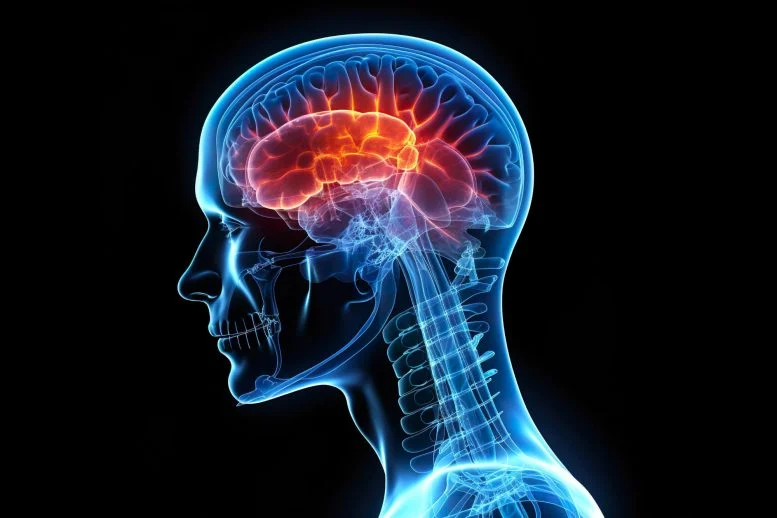In a startling revelation, recent research sheds light on anti-NMDAR encephalitis, a rare autoimmune disease that often masquerades as mental health disorders like schizophrenia. This condition, vividly chronicled in Susannah Cahalan’s memoir, Brain on Fire: My Month of Madness, can lead to severe neurological symptoms that mislead both patients and healthcare providers alike.
A Journey Through Misdiagnosis
Imagine awakening in a hospital room, blank memories of the past month clouded by violent outbursts and paranoid delusions. For Susannah Cahalan, a reporter for the New York Post, this nightmare became her reality. Initially believed to suffer from bipolar disorder, it was only after extensive testing that she received the unexpected diagnosis of anti-NMDAR encephalitis.
According to Professor Hiro Furukawa from Cold Spring Harbor Laboratory, this condition primarily affects women aged 25 to 35—an age bracket often associated with the onset of schizophrenia. Unlike typical psychiatric disorders, however, anti-NMDAR encephalitis operates through a distinct mechanism that involves the body’s own antibodies attacking crucial brain receptors responsible for cognition and memory.
Understanding the Mechanism
Furukawa explains that NMDARs (N-methyl-D-aspartate receptors) play a vital role in brain function. In anti-NMDAR encephalitis, these receptors are targeted by antibodies, leading to inflammation in the brain—a phenomenon aptly described as “Brain on Fire.” The implications are severe, resulting in symptoms such as hallucinations, memory loss, and psychosis.
Emerging research from Furukawa’s lab provides new insights into this condition. The study maps how antibodies from three patients bind to NMDARs, revealing that each patient exhibits distinct binding patterns. This groundbreaking discovery suggests that the variability in how antibodies interact with NMDARs may correspond to different symptom profiles in patients, paving the way for personalized treatment strategies.
Personalized Medicine: A New Horizon
Furukawa emphasizes the need for a tailored approach to treatment. “Distinct binding patterns manifest in different functional regulation levels in NMDARs,” he states. This variation can impact neuronal activities and, consequently, the patients’ symptoms. By identifying common binding sites among encephalitis patients, researchers could potentially develop targeted drugs to enhance treatment efficacy.
Moreover, this focus on personalized medicine holds promise for more accurate diagnoses. Furukawa notes, “It’s still a rare disease, but it could be misdiagnosed or underdiagnosed. Therefore, we need to spread awareness. Could, for example, some patients diagnosed with schizophrenia actually have this condition?”
Reassessing Psychiatric Diagnoses
Currently, anti-NMDAR encephalitis is believed to affect approximately one in 1.5 million individuals. However, with increasing awareness and research, it is possible that this condition is more prevalent than previously recognized. This revelation could explain the challenges faced by some patients diagnosed with bipolar disorder or other mental health issues, particularly when standard psychiatric treatments fail to yield results.
As research continues to unfold, the implications for psychiatric medicine are profound. A greater understanding of anti-NMDAR encephalitis may not only improve diagnostic accuracy but also provide critical insights into the neurological underpinnings of various mental health disorders.
Conclusion
The ongoing research into anti-NMDAR encephalitis highlights the urgent need for improved diagnostic tools and personalized treatment options in psychiatry. As awareness grows, the hope is that fewer patients will face the distress of misdiagnosis and that innovative therapies will emerge to better address this enigmatic condition.
For further reading, refer to the studies published in Nature Structural & Molecular Biology and Nature, which detail the underlying mechanisms of anti-NMDAR autoimmune encephalitis.












